
Which of the following have asymmetric carbon atoms?
(A)
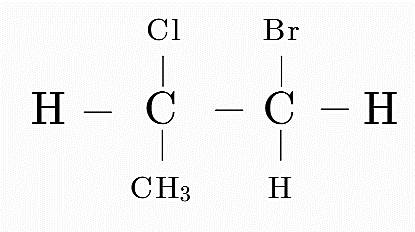
(B)
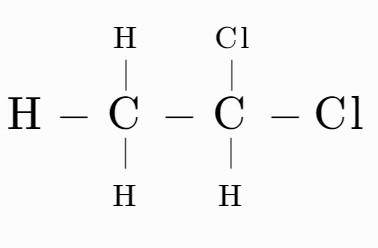
(C)
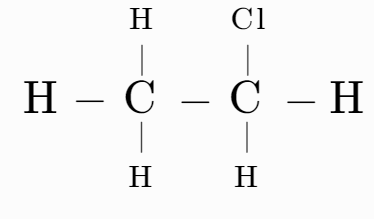
(D)
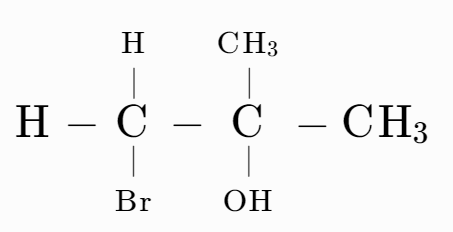




Answer
417.9k+ views
Hint :A chiral carbon atom (also known as an asymmetric carbon) is one that is bound to four distinct atoms or groups of atoms. There are two optical isomers for each chiral carbon in a molecule. In nature, only one optical isomer is always formed; for example, in translation, only L-isomer amino acids are produced.
Complete Step By Step Answer:
An asymmetric carbon atom (chiral carbon) is one that has four distinct forms of atoms or groups of atoms bound to it. The Le Bel-van't Hoff rule states that the number in stereoisomers of an organic compound is \[{2^n}\], where n is the number of asymmetric carbon atoms (unless there is an internal plane of symmetry); this is a corollary of Le Bel and van't Hoff's simultaneous announcements in 1874 that the most likely orientation of the bonds of a carbon atom linked to four groups of atoms is toward the apex (which involved a carbon atom bearing four different atoms or groups).
Consider option A
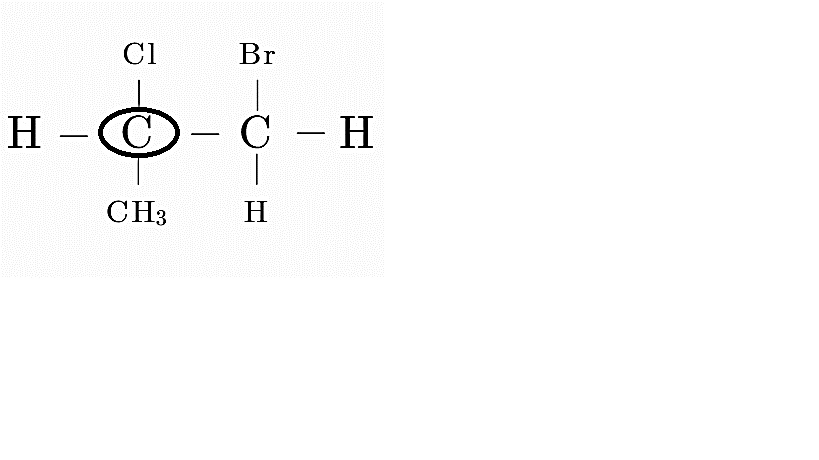
Here the first carbon is attached to 4 distinct groups, i.e, H, Cl, CH₃ and CH₂Br
Note :
Left-handed and right-handed representations of the same molecule result from the four sets of atoms bound to the carbon atom being arranged in space in two distinct forms that are mirror images of each other. Molecules that can't be superimposed over their own mirror image are chiral like mirror images.
Complete Step By Step Answer:
An asymmetric carbon atom (chiral carbon) is one that has four distinct forms of atoms or groups of atoms bound to it. The Le Bel-van't Hoff rule states that the number in stereoisomers of an organic compound is \[{2^n}\], where n is the number of asymmetric carbon atoms (unless there is an internal plane of symmetry); this is a corollary of Le Bel and van't Hoff's simultaneous announcements in 1874 that the most likely orientation of the bonds of a carbon atom linked to four groups of atoms is toward the apex (which involved a carbon atom bearing four different atoms or groups).
Consider option A

Here the first carbon is attached to 4 distinct groups, i.e, H, Cl, CH₃ and CH₂Br
Note :
Left-handed and right-handed representations of the same molecule result from the four sets of atoms bound to the carbon atom being arranged in space in two distinct forms that are mirror images of each other. Molecules that can't be superimposed over their own mirror image are chiral like mirror images.
Recently Updated Pages
The correct geometry and hybridization for XeF4 are class 11 chemistry CBSE

Water softening by Clarks process uses ACalcium bicarbonate class 11 chemistry CBSE

With reference to graphite and diamond which of the class 11 chemistry CBSE

A certain household has consumed 250 units of energy class 11 physics CBSE

The lightest metal known is A beryllium B lithium C class 11 chemistry CBSE

What is the formula mass of the iodine molecule class 11 chemistry CBSE

Trending doubts
Describe the effects of the Second World War class 11 social science CBSE

Which of the following methods is suitable for preventing class 11 chemistry CBSE

How do you find the distance between two parallel lines class 11 maths CBSE

Why do you think did the narrator call lie Amsterdam class 11 english CBSE

Tentacles of Hydra are A Hollow B Solid C Half hollow class 11 biology CBSE

What do you mean by public facilities




